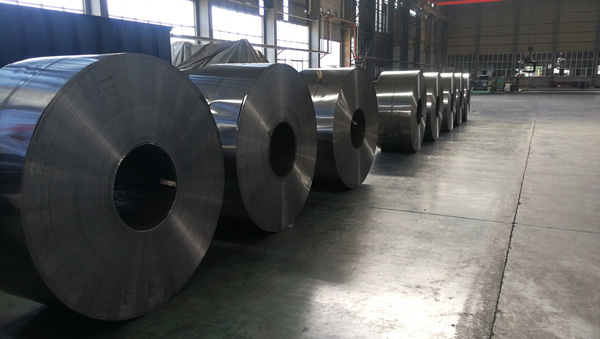Corrosion Performance of Weathering Steel Structures
Weathering steels are a special class of high strength, low alloy (HSLA) structural steels developed for their resistance to atmospheric corrosion. Despite their generally favorable performance in many applications, there have been widely publicized problems with some weathering steel structures (1, 2). This led to a ban on their use on Michigan highways in 1979 (3, 4). Since that time other states have also banned their use for highway bridge applications. Early reports describing the use of weathering steel mentioned several limitations on their use (5, 6). Unfortunately these limitations were not widely recognized, and many structures were built having features unsuitable for use with unpainted weathering steel. Recent reports on weathering steel have emphasized problems with highway bridges (1, 2, 7). Similar problems with weathering steel buildings have not been documented in the North American literature, but some European information is now becoming available. Compared in this paper is experience with weathering steel for all types of structures in an attempt to identify reasons why the materials have performed well in some applications and poorly in others.
Early reports describing the use of weathering steel mentioned several limitations on their use (5, 6). Unfortunately these limitations were not widely recognized, and many structures were built having features unsuitable for use with unpainted weathering steel.


